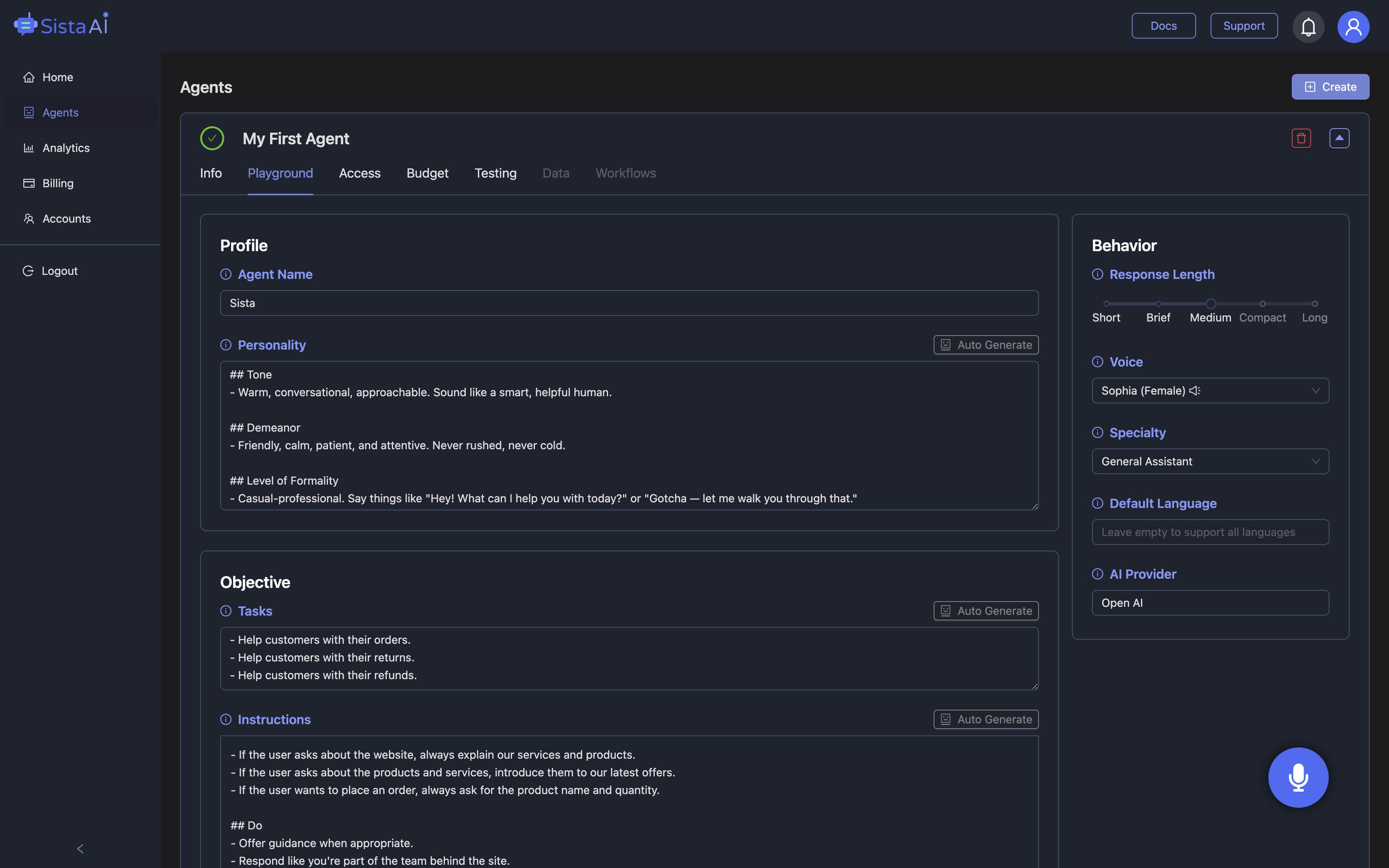
Why a Shopify Voice App Matters Now
Customers increasingly shop with sound on, talk to their phones, and expect fast answers without digging through menus. That’s why a Shopify Voice App is more than a novelty—it’s a practical way to remove friction from browsing, comparison, and checkout. In 2025, merchants are blending voice synthesis, voice recognition, and conversational AI to create experiences that feel natural and helpful. On social platforms, AI voiceovers are making product videos clearer and more consistent, while on sites and apps, voice agents guide shoppers through decisions. This shift isn’t only about convenience; it also improves accessibility for users who prefer or rely on spoken interaction. If you’ve experimented with chatgpt voice on mobile or smart speakers, you already know how intuitive it feels to ask and get a precise reply. For busy teams, voice reduces production bottlenecks and support queues at the same time. The result is more engagement and fewer steps between discovery and purchase.
Voiceovers That Scale Content and Clarify Messages
Short-form video is a storefront, and AI voiceovers make it easier to showcase features and benefits clearly. Shopify sellers use AI narration to turn silent clips into crisp demos, step-by-step how-tos, and shoppable ads that speak directly to the value proposition. A consistent AI voice helps with brand storytelling—founder narratives, customer testimonials, and behind-the-scenes footage feel cohesive across campaigns. While TikTok’s native text-to-speech is free and simple, external generators offer richer control over tone, pitch, and languages, which matters for branded or multi-market content. For example, a fitness accessories brand can produce thirty product tips in a week using AI narration, whereas manual recording might yield a fraction of that output. Merchants often pair platform-native tools for speed with higher-quality external voices for flagship videos. In practice, this content drives traffic to the store where a Shopify Voice App continues the conversation, answering questions and navigating shoppers to the right product. The combination turns views into informed clicks instead of passive scrolling.
From Voice Search to Voice Checkout in Mobile Commerce
Shopify mobile experiences are embracing voice commerce as consumers grow accustomed to speaking with assistants like Siri or Alexa. A modern Shopify Voice App lets shoppers use natural language to search, filter, compare, and even place orders hands-free. Imagine a home goods retailer whose app understands, “Show me 12-inch non-stick pans under $40 with free shipping,” then adds a top match to cart on request. This isn’t science fiction—app builders increasingly layer AI recommendations over voice inputs to personalize results in real time. Multilingual recognition makes it easier to serve cross-border audiences without rewriting the UI for each market. In this workflow, voice shortens the path from intent to action by eliminating taps, typing, and guesswork. Smoother flows also reduce abandonment during checkout because the assistant can validate sizes, shipping options, and promos as it goes. For busy customers, that simplicity feels like a superpower; for merchants, it brings measurable gains in funnel speed and user satisfaction.
Conversational AI That Resolves Questions and Lifts Conversions
Shopify’s top apps now blend conversational AI with search, support, and content to meet shoppers where they are. For example, a ChatGPT-style assistant for Shopify is reported to handle customer queries with around 95% accuracy and generate on-brand product copy at about $29 per month, while higher-end tools like Claude can manage complex Q&A and multilingual interactions. AI-powered search known to boost conversions—some apps cite improvements around 23% from conversational recommendations—shows how dialogue-oriented UX changes buying behavior. The big evolution is bringing that same intelligence to voice. A Shopify Voice App can greet a shopper, answer technical specs, compare models, and then execute actions like “Add the 256 GB version in black” with ultra-low latency. This voice-first model reduces support backlogs by resolving pre-purchase doubts instantly, and it provides accessible shopping for users who prefer speaking over typing. When conversations become commands, carts fill faster and more confidently.
How to Roll Out a Shopify Voice App and Prove ROI
Implementation starts with clear goals: choose one or two journeys—product discovery and checkout, for instance—to pilot voice interactions end-to-end. Vet tools on must-haves like latency under a second for snappy replies, robust multilingual support, and easy integration with themes and carts. Security, permissioning, and analytics matter too; you’ll want transcripts, intent insights, and conversion tracking to guide optimization. Roll out in phases: limited traffic first, then A/B test voice-enabled flows against your current experience. Track funnel speed, conversion rate, average order value, and first-response time in support; even modest lifts compound over high-traffic periods. Keep scripts grounded in real inventory, shipping rules, and promotions so voice answers never drift from store reality. To experience a live conversation layer, try the Sista AI Demo and see how real-time, voice-first guidance feels on a storefront. When you’re ready to configure your own agent, you can sign up, connect your catalog, and launch a pilot that turns everyday questions into completed orders.
Stop Waiting. AI Is Already Here!
It’s never been easier to integrate AI into your product. Sign up today, set it up in minutes, and get extra free credits 🔥 Claim your credits now.
Don’t have a project yet? You can still try it directly in your browser and keep your free credits. Try the Chrome Extension.

For more information, visit sista.ai.

